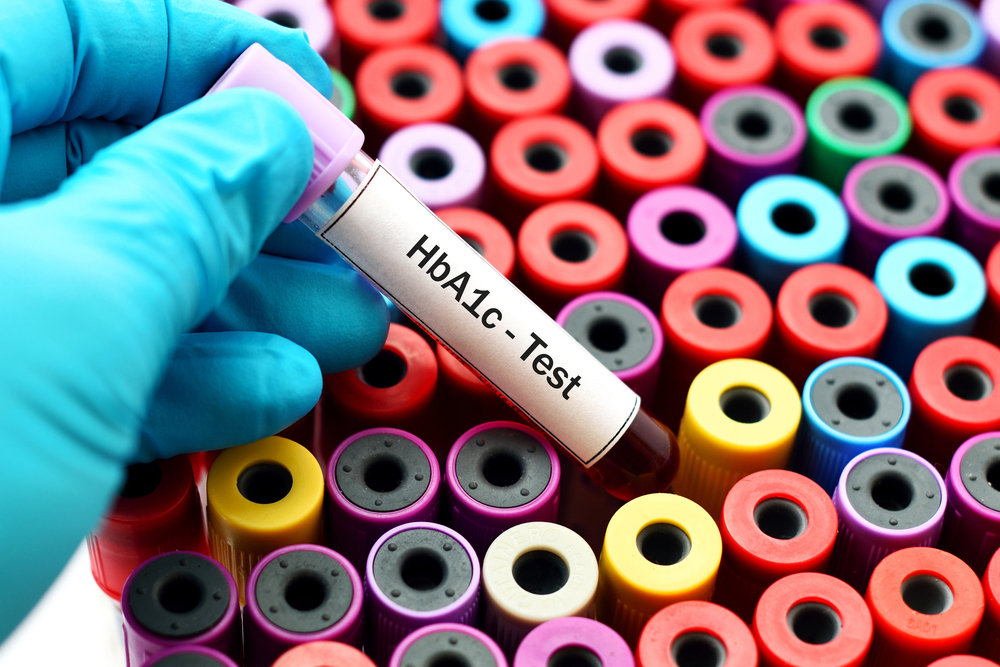What is Insulin Resistance?
- 20 Feb, 2024
- Written by Team Dr Lal PathLabs
Medically Approved by Dr. Seema
Table of Contents

Insulin resistance is a common condition and, if left untreated, can progress to type 2 diabetes. It happens when the cells of the body become less sensitive to the effects of insulin, a hormone that allows glucose to be absorbed from the bloodstream. This resistance causes high blood sugar levels, which can affect health over time.
By understanding what insulin resistance is, how to recognise the early signs, getting proper testing, and treating it early, one can take control of their health and prevent the progression to diabetes. This blog post will cover insulin resistance in detail, including symptoms, diagnosis, and key steps for better management.
What is insulin?
Insulin, a pancreatic hormone, allows cells throughout the body to absorb glucose from the bloodstream. After eating carbohydrates, blood sugar levels rise, signalling the pancreas to release insulin into the blood.
It acts as a key to unlocking cells to allow glucose to enter and provide the body with energy. If this system functions properly, blood sugar stays within a healthy range. However, problems arise when cells stop responding properly to insulin signals.
What is insulin resistance?
It occurs when the body’s cells become insensitive to insulin. Due to this, glucose builds up in the bloodstream rather than being absorbed by cells. As a result, the pancreas produces more insulin, causing blood sugar levels to rise.
Insulin resistance is a crucial link to type 2 diabetes, as it significantly increases the risk of developing the disease. When the body is unable to create enough insulin to compensate for resistance, blood sugar levels rise uncontrollably, resulting in diabetes.
What are the causes of insulin resistance?
Although the precise cause of insulin resistance is unknown, several factors have been identified that contribute to it. They include:
- Obesity
- Consuming a high-calorie, high-sugar diet
- Lack of physical activity
- Taking high doses of steroids
- Chronic stress
- Having polycystic ovary syndrome (PCOS) or Cushing’s disease
What are the symptoms of insulin resistance?
In the early stages, insulin resistance may not manifest obvious symptoms. However, as it progresses and leads to elevated blood glucose levels, possible signs may include:
- Fatigue, low energy levels, and mental fogginess
- Increased appetite and cravings for sugary foods
- Dark patches on skin folds and creases, typically found on the neck, groin, or armpits.
- Weight gain, especially around the waist
- High blood pressure
- High cholesterol
- Vaginal and skin infections
What are the insulin resistance tests?
If insulin resistance is suspected, the healthcare provider may order laboratory tests to assess fasting blood sugar and insulin levels. Common diagnostic evaluations include the following:
- HbA1C test: This test measures an individual’s average blood sugar level over the last three months.
- Fasting blood glucose test: This test measures the glucose level in the blood after an 8 to 12-hour overnight fast, providing insight into a person’s prediabetes status.
- Glucose tolerance test (oral): It involves obtaining a fasting sample, followed by the patient consuming a 75 g glucose drink, with a second sample taken exactly two hours later.
These tests help detect prediabetes or confirm the diagnosis of insulin resistance if blood sugar consistently falls outside the normal range. It’s important to note that an insulin resistance test at home is not possible since it requires specialised medical tests and procedures.
How is insulin resistance managed?
Managing insulin resistance is essential for delaying or preventing the development of type 2 diabetes and enhancing overall health. Insulin resistance treatment often involves lifestyle changes like:
- Losing excess body weight: Even a 5-7% weight loss can enhance insulin sensitivity.
- Incorporating regular exercise: Engage in at least 30 minutes of exercise daily, five days a week.
- Following a healthy diet: Adopt an insulin resistance diet, focusing on foods high in fibre and with a low glycemic index and carbohydrate content. Reduce the intake of added sugars, such as highly processed foods.
- Managing stress: Use relaxation techniques like meditation and yoga or engage in a hobby that promotes relaxation and stress reduction.
In addition to these insulin resistance management tips, in some cases, healthcare providers may prescribe insulin-resistance medications to help address insulin-related issues.
If left uncontrolled, insulin resistance can lead to more serious health issues like non-alcoholic fatty liver, cardiovascular diseases, type 2 diabetes, and other diseases.
Getting tested, maintaining a healthy weight, staying active, and reducing stress can help restore normal insulin signalling and sensitivity. Pay attention to potential warning signs and take preventative steps to prevent insulin resistance from worsening.
Comprehensive testing is crucial for early diagnosis and ongoing monitoring of insulin resistance.
FAQs
1. Can one reverse insulin resistance?
A healthy diet, exercising regularly, and losing weight can help reverse insulin resistance.
2. What fruits are good for insulin resistance?
Fruits like plums, peaches, avocados, and berries are good for insulin resistance.
3. Does PCOS cause insulin resistance?
Women with PCOS are often insulin resistant; their bodies can produce insulin but not effectively use it, increasing their risk of developing type 2 diabetes.














